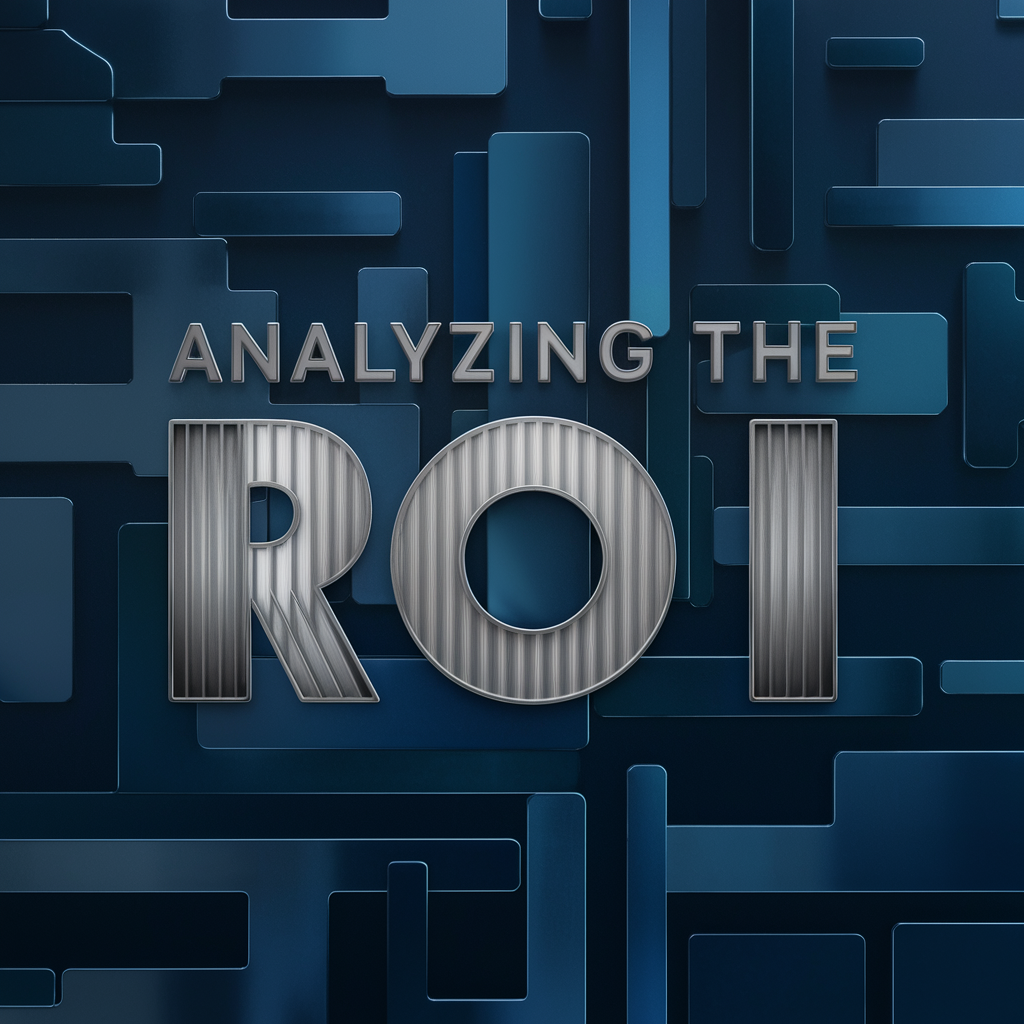Applied Behavior Analysis (ABA) therapy relies heavily on data to inform decisions, evaluate progress, and shape individualized treatment plans. Traditionally, collecting and analyzing this data was a manual, time-consuming process involving paper-based charts, spreadsheets, and long hours of note-taking. However, the emergence of ABA software platforms has transformed this workflow, making it more efficient, accurate, and insightful for behavior analysts and therapy teams.
The Shift Toward Real-Time Data Collection
Modern ABA software platforms allow therapists to collect data in real time during sessions, using tablets or mobile devices. This reduces the risk of transcription errors and eliminates the delays associated with transferring notes to a central system. For providers, this means less time spent on documentation and more time focused on client care.
Raven Health, for instance, is a company offering an ABA platform designed to streamline the data collection process. With tools tailored to support in-session data logging and post-session review, therapists can track client behavior patterns as they occur and adjust interventions accordingly. Real-time insights like these are invaluable for ensuring that treatment strategies remain responsive and effective.
Improved Accuracy and Standardization
Consistency is key in ABA therapy, especially when multiple team members are involved in a client’s care. ABA software standardizes how data is recorded, ensuring that all staff are using the same measurement systems and definitions. This consistency leads to more reliable data sets, which in turn support better clinical decision-making.
Moreover, these platforms often include built-in prompts, visual cues, and automated error checking. These features not only guide therapists through data collection protocols but also reduce the likelihood of human error—ensuring a higher degree of accuracy in reporting.
Efficient Progress Monitoring
Beyond just collecting data, ABA software excels at turning that data into meaningful progress reports. Graphs, trend lines, and dashboards can illustrate client improvements or setbacks over time. These visualizations help therapists, supervisors, and caregivers easily interpret outcomes, recognize emerging patterns, and adjust treatment plans when necessary.
For example, if a client’s aggressive behavior decreases consistently over several sessions, the system can visually confirm this trend and even generate reports for insurance providers or caregiver reviews. This removes the need for manual calculations and graphing, speeding up the feedback loop and improving treatment responsiveness.
Facilitating Collaboration and Oversight
ABA software also enhances team collaboration. Supervisors can review session data remotely, provide feedback to therapists, and ensure that treatment protocols are being implemented as designed. This is especially helpful for organizations managing large teams or clients across multiple locations.
Additionally, many platforms offer parent portals that allow families to view their child’s progress in real time. This transparency helps foster trust and encourages family involvement, which is a vital component of successful therapy.
Conclusion
The integration of ABA software into clinical practice has redefined how behavior analysts collect and utilize data. With increased efficiency, improved accuracy, and enhanced collaboration, these tools are helping providers deliver better outcomes for clients. As platforms continue to evolve, they are playing a central role in driving the future of data-informed ABA therapy.





